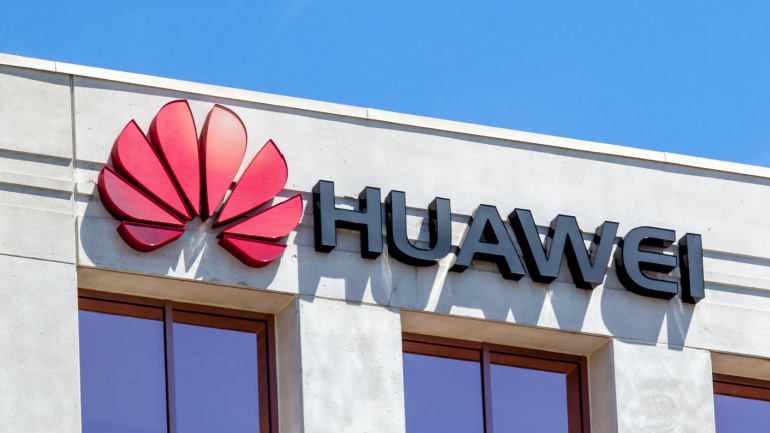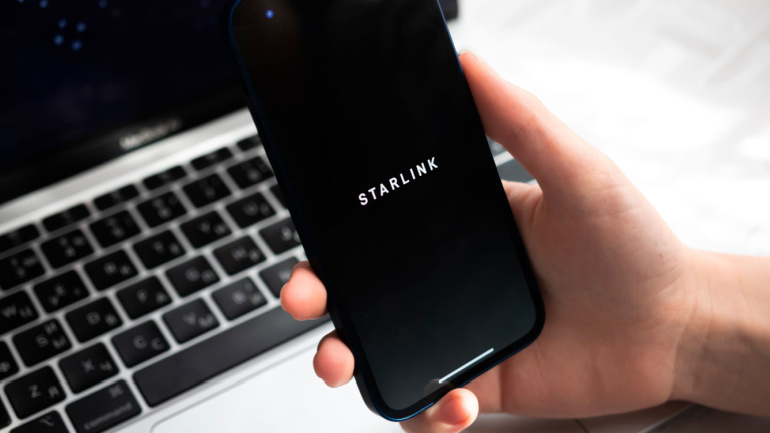In an unyielding effort to combat the surge of illegal robocalls and fraudulent activities, the Federal Communications Commission (FCC) has issued stern advisories to seven gateway providers identified as potential collaborators in transmitting illicit traffic on behalf of overseas entities. This poses a significant risk to the integrity and security of U.S. phone networks.
In a strategic move set to revolutionize financial support in the telecommunications sector, Telin has joined forces with Lighter Capital, a financial ally renowned for fostering business growth. The partnership promises a tailored offer for businesses boasting a consistent Annual Recurring Revenue (ARR) of at least $200K, providing an opportunity to secure financing up to 50% of their ARR, capped at an impressive $4 million.
In a testament to the synergy of shared innovation, Huawei and Sharp enter an intellectual property cross-licensing agreement. Such alliances underline the value of IP rights while enabling competitive market offerings. However, details like the deal’s duration and financial aspects remain undisclosed – a recurrent practice in the telecom sector.
In a long-anticipated move, telecommunications giants Digi, Orange, and MasMovil have finalized agreements as part of their ongoing merger negotiations. The trio is seeking the European Commission’s approval to resume the halted approval process, which stalled in July.
The FCC recently reiterated its denial of Starlink’s bid to gain nearly $900M in support from the Rural Digital Opportunity Fund program. Despite Starlink’s impressive technology, FCC Chairwoman Jessica Rosenworcel questioned the wisdom in subsidizing the still evolving tech until 2032. Starlink had initially received the lofty sum in a 2020 auction but was later deemed inadequate in verifying its capabilities.
In a groundbreaking move, Parallel Wireless, Inc., a U.S. based Open RAN innovator, has officially launched the general availability of its pioneering 5G Standalone (SA) software stack. The innovative solution, a first of its kind globally, is designed to be hardware-agnostic, allowing operators, private networks, and public safety networks to seamlessly deploy their RAN infrastructure across diverse processor hardware platforms.
The Idaho Broadband Advisory Board (IBAB) has approved the allocation of $120 million from the Idaho Capital Projects Fund to support 18 broadband initiatives, providing a significant boost to over 30,000 homes and businesses across the state. In collaboration with the state government, the advisory board strategically targeted projects to enhance crucial areas including distance learning, telehealth, telework, economic development, and public safety.
Vi, India’s foremost telecom operator, has joined forces with Anritsu to enhance VoLTE call experience. Overcoming complex network challenges, they successfully improve call connectivity and sound quality. Anritsu delivers invaluable insights into VoLTE subsystems, facilitating swift customer-issue resolution.
Discover how Telecommunications giant Altice, facing a whopping $60 billion debt, eyes its Portuguese operation Meo as a lifeline. Amid debt woes, other challenges surface, including a scandal involving co-founder Armando Pereira. International telecom players are also in motion, with the Saudi STC Group asserting its presence in Europe, and UAE-based e& planning to increase its stake in Vodafone.
Imagine a search and rescue mission in remote rural areas, being empowered by the wings of a drone, beaming down 5G connectivity. This very scene is unfolding in Warwickshire, UK, thanks to Virgin Media O2’s innovative approach. The drone, armed with a petite mobile base station, creates a nimble communication network, offering vital real-time data to rescuers.













